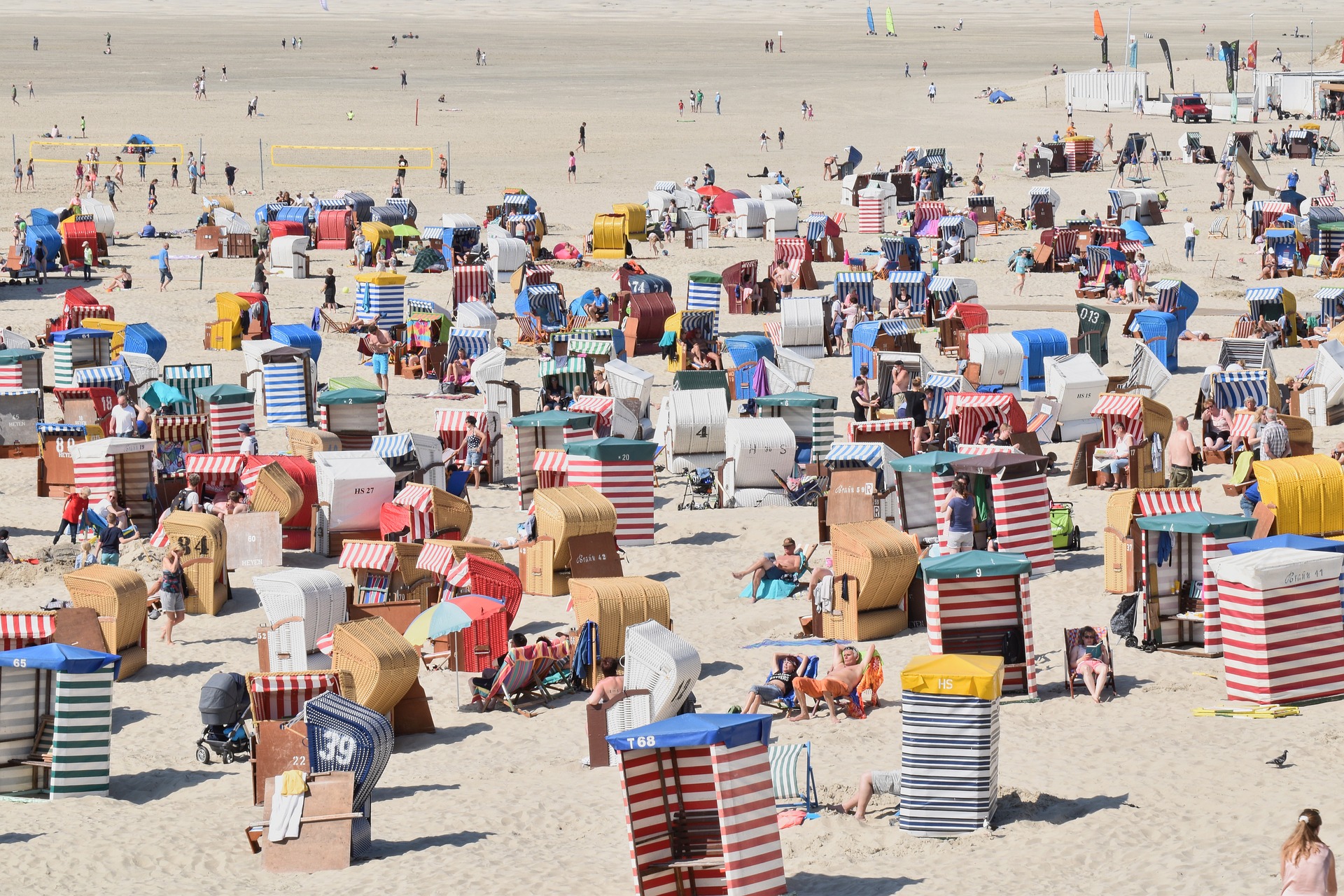
Due to climate change, the number of hot summer days is steadily on the rise. Offices and flats are heating up. Cooler nights barely bring any relief. Consequently, more and more people want an air conditioner in their homes. This goes hand in hand with higher rates of energy consumption. A potentially beneficial alternative is to use the heating system already installed. If you reverse the operation of a heat pump, it can be effectively used for cooling. This is shown in an analysis carried out by the German Fraunhofer Institute for Building Physics IBP.
According to the International Energy Agency (IEA), about 2,000 terawatt-hours of energy were used to cool homes and offices in 2016. This is estimated to be about ten percent of the world’s total electricity consumption. By 2050, that usage is expected to triple. But how can the expected significant increase in new air conditioners be circumvented? Researchers at Fraunhofer IBP have been addressing this problem.
“If you reverse the operation of an existing heat pump, then the same system that is already installed for heating can be used for cooling,” so says Sabine Giglmeier, a scientist at Fraunhofer IBP. This would eliminate the need to purchase additional air conditioners. A lot of energy can be spared this way.
Analysis
In order to determine the extent to which excessive temperatures in summer can be avoided using this technology, the engineer and her team carried out a potential analysis with two heating systems. They researched whether radiators and underfloor heating could be used as air conditioning systems that are currently often used in existing buildings. In these units, waste heat is discharged via a hose through the window or through a hole in the wall. Not only do these kinds of air conditioners use a lot of electricity, they also make a lot of noise and cause drafts. If they are not properly maintained, hygiene problems can also arise,” the researcher explained.
Simulation software
The researcher and her team first ran preliminary tests to see if heat pumps combined with radiators or underfloor heating would be suitable for cooling. They built a test rig in a laboratory and used simulation software. According to the researchers, radiators as well as underfloor heating have the potential to significantly reduce indoor air temperature in summer in offices with a standard floor area of 16 m2, with windows up to 3 m2 and the presence of two employees. Plus also provide a comfortable cooling without causing unwanted condensation on colder surfaces.
Dew point
It is also essential to control the system’s temperature supply based on the dew point of the ambient air in the room. This helps prevent structural damage caused by condensation. “The dew point temperature is a critical dimension that we must take into account in our calculations. This is because moisture condenses on the surface whenever the surface is colder than the dew point temperature of the air. If the dew point temperature is 13 degrees Celsius, we don’t run water through the heating system that is colder. Because otherwise water from the air condenses on the radiator and on the supply pipes and moisture can form.”
Another important criterion used in calculations is the number of hours of excessive temperatures. This standard indicates the number of hours and degrees Kelvin above the threshold temperature of a room. That threshold temperature is 26 degrees Celsius in any given year. In residential buildings, a maximum of 1200 excess degree-hours is permissible. In offices, that is only 500 degree-hours per year. The researchers’ calculations showed that the number of excessive heat hours could be reduced by more than 40 percent by using a radiator measuring 70 cm by 1 meter. With radiators twice that size, a 65 percent reduction could be achieved compared to an uncooled room.
Cooling capacity
“All in all, we were able to demonstrate that the cooling capacity that radiators provide is enough with a moderate proportion of window surface area. On the other hand, with a higher proportion of window surface area, a larger cooling surface area is required to maintain a comfortable indoor climate. This area can be fitted with underfloor heating. Which achieves a significantly higher cooling effect, as our tests have shown,” Giglmeier summarizes.
What still needs to be tested is the extent to which the overall system influences the user’s comfort. For example, do floors tend to get too cold? Or do temperature changes affect floor coverings and other materials in the room?
Also interesting: Toolbox finds sustainable alternatives for heating and cooling buildings

